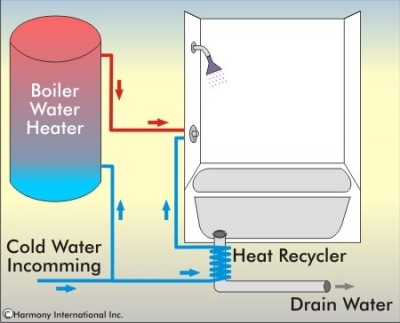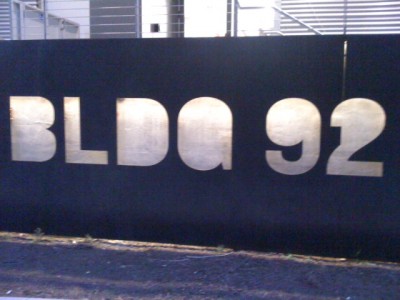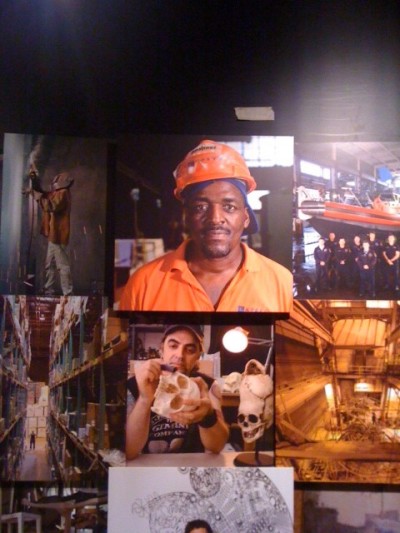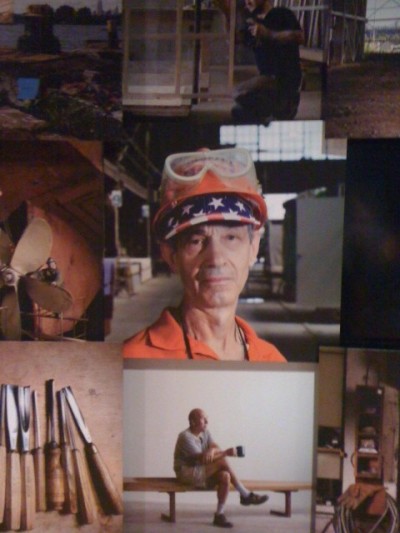I remember learning back in undergraduate school about Ivan Pavlov and his now famous experiment involving dogs and classical conditioning. It was interesting but the merit of this experiment did not became clear until this week on the production line. Our brains remember emotions; types of touch, patterns, colors, thoughts, etc. through association of neurons with similar inputs say ACB could be associated with ABC. Pavlov demonstrated how when a dog hears sit he may start salivating because he knows every time he sits he receives a treat. The treat did not cause the salivating the “conditional stimulus” caused it. Another example is when a person smells coffee they instantly become more alert even though the effects of coffee on the central nervous system does not go into effect until 20-30 minutes after consumption.
This week, I was at a job site; therefore, not on the manufacturing line and was surprised to see our production go from averaging 2.5 to 1.25 sqft/mnhr. I asked myself why? Then, I proceeded to ask every lead person the same question five times. There were some interesting reasons but the most startling was that some of them were not aware there was still a schedule and thought they were “on-time”.
Ilona Milewska, the office manager, said that this makes sense, because they associate you with a schedule and when you were not there, they assumed there is not one. By walking the line, I was the “conditional stimulus” of there is a schedule and it needs to be kept. I was a reminder of a goal that should be reached. Now, I am not comparing our highly experienced and skilled workforce to dogs, but merely stating how conditioning takes place no matter what the venue.
This type of “conditioning” can be very dangerous to a production line and should not be maintained. There were many other factors leading to a momentary loss of efficiency, but this was the most surprising. The system is what people should depend on, not positions of influence. A good system works effectively and efficiently regardless of differences in management or variation.
So, in order to change this, a good reminder of what the schedule is and how it will not change unless communicated otherwise, was in order. Also, a possible addition of “Andon Lights” to bring a “conditional to unconditional reminder” to the system could work wonders.




